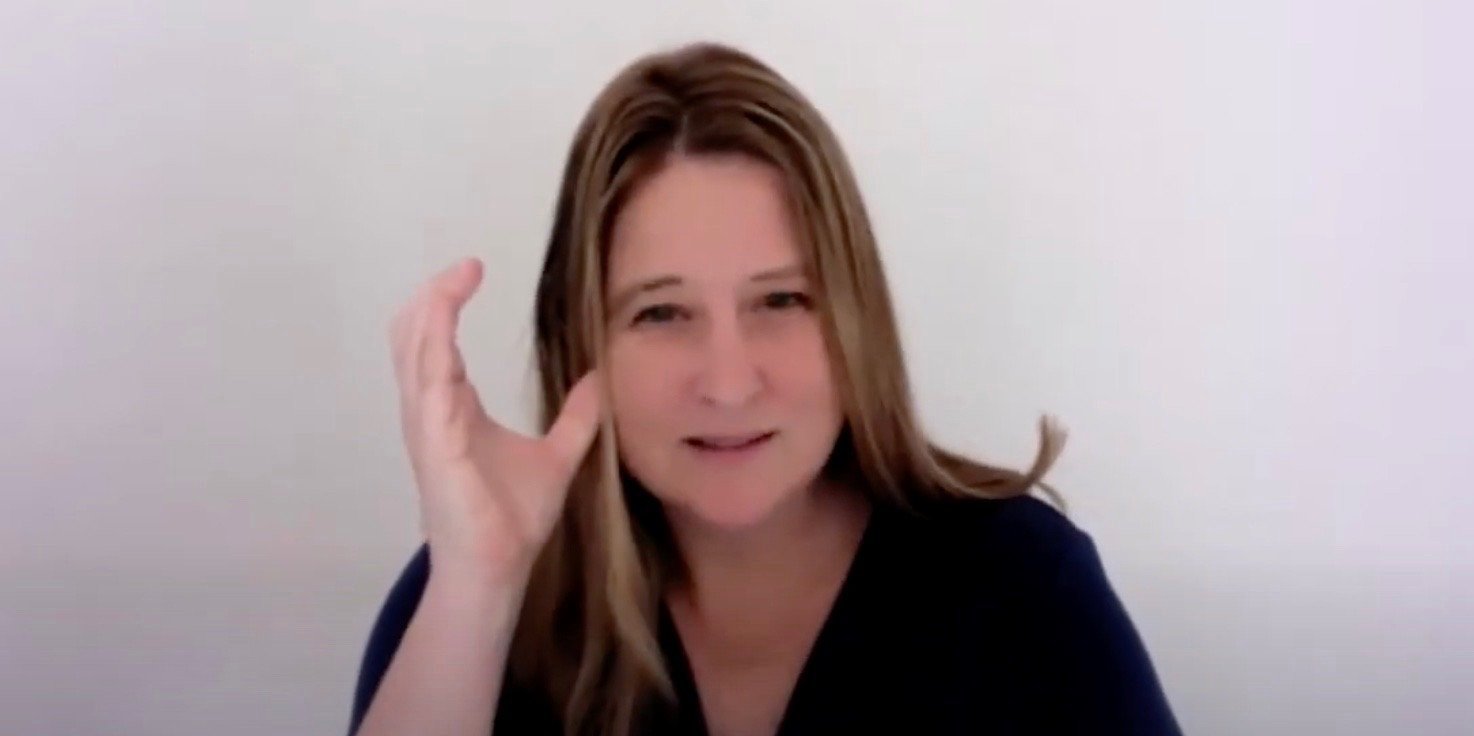👋 Welcome to 2023’s first issue of The Latest, where we’re as excited for Galentine’s Day as we are for Valentine’s Day. 🥰
This month’s newsletter is 461 words — about a 4-minute read.
📢 Media Coverage is Within Your Reach
In December, I promised I would share how this amazing story in the Chronicle of Higher Education came about. So how did the Chronicle get interested in the impact of the Collaborative for Access and Equity?
-
Know where your audience is. The Chronicle of Higher Ed is like the bible of all things happening in postsecondary education. If prospective faculty are looking for a job, they check the Chronicle. If administrators want to know the current topics in the field, they read the Chronicle. Professional development and helpful tips for all things teaching — once again the Chronicle.
When the work of the Collaborative was ready to go beyond academic conference presentations, the Chronicle of Higher Ed was at the top of the media short list.
-
Target your pitch. Once we decided on the Chronicle of Higher Ed, my team and I focused on the Teaching newsletter — making sure we got the section (and, more importantly, the reporter’s) name right.
As a subscriber to this newsletter myself, I knew that it packs a powerful punch and goes directly to email inboxes. With its food for thought and questions to consider, information in this weekly newsletter is a steady part of my professional development.
-
Do the prep work. The direct pitch was not the first step on the journey, but one that was seamless after the website launch, personal profiles, and infographics we developed. Having visual and written documentation of our work was very helpful in presenting the reporter with an overall view of our work.
Part of my message was to individual teachers and part of it was to campus leadership. Our faculty need support in their work, but they also have a lot of agency about how things are run in their classrooms. I also wanted to balance the “big picture” WHY with the WHAT of daily strategy. The challenge with any change in practice is creating enough of a connection between the WHY and the WHAT to spur lasting change — even in the smallest of practices.
-
Share the love. It was amazing to see this story in the Chronicle’s main daily email and social media, and I made sure to share it on my website and all of my platforms (including this email).
The bottom line: With a little effort, media outreach IS within your reach.
🌀 The Wrap-Up
✨ Being a partner is a blessing. Undergraduate student Soren Aldaco has successfully collaborated with faculty to expand the scope of disabled and autistic perspectives. Read their special guest blog post, Students as Partners, as People, as Progress, for valuable insights that just might transform your perspective on partnerships.
📈 Being a myth-buster is my mission. A common misconception in education is that deaf and hard of hearing students only reach a 4th-grade reading level. That myth is busted in a our newly published study about the academic achievement of deaf students, in which we analyzed NWEA MAP® Growth™ data from nearly 7,000 diverse students. Longitudinal data is so rare for deaf students, and so valuable for examining academic trends over time.
🤩 Being a mentor is where it’s at. I consider it my personal responsibility to create opportunity, promote success, and raise the rigor of the work and accomplishments of my mentees. I am also lucky to work with such exceptional people. That’s why I’m really excited to be part of the the Provost’s Mentored Faculty Scholars Program, a newly launched program at UT Austin that goes beyond traditional in-department faculty mentoring. I’m paired up with Earl Huff, Jr., PhD, at the School of Information, who shares my research interests in equity and access.
🤟 And Finally…
“Listen.” That’s the ASL sign I am making in the freeze frame below from my YouTube video, ADA is Not Enough.
All too often, conversations about disability and accessibility begin as a defense against being sued — about bare-bones legal compliance with the ADA, not about equity. It’s tough to fight for access when the first response is “what’s the minimum we have to do?”
That is one of the least welcoming things to face as a disabled employee.
It doesn’t have to be this way. Instead, learn from disabled people — ask about their experiences, understand their strategies, embrace their feedback — and listen.
[Image description: A video still of a white woman with long, dark hair making the ASL sign for “listen” with her right hand, which is cupped in a “u” shape and held next to the side of her head.]

